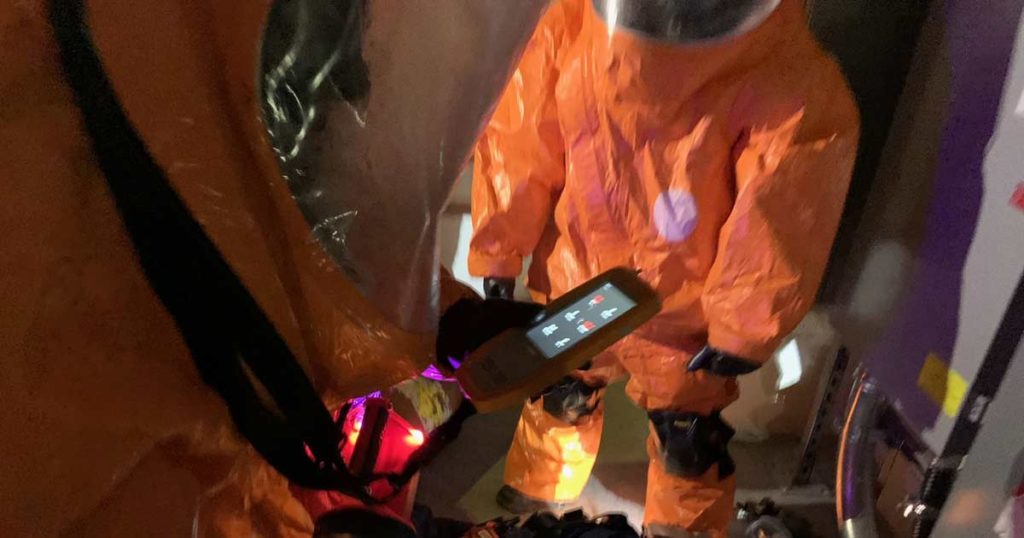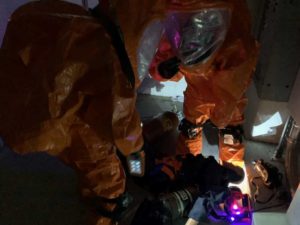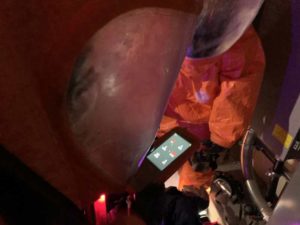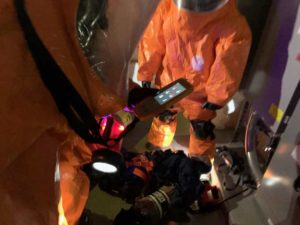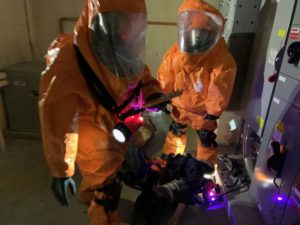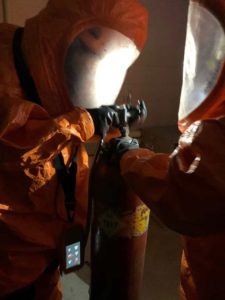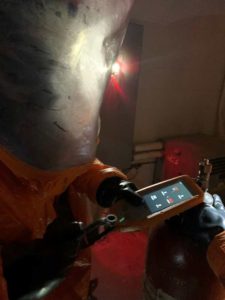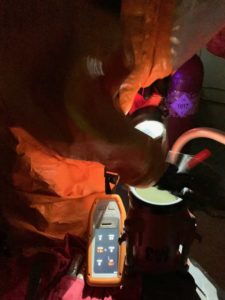On any given day at the Royal Canadian Mint, Protective Services Sgt. Yan Racette must contend with nitric acid, sulphuric acid, hydrochloric acid, sodium hydroxide and chlorine gas. And those are just some of the products used to refine precious metals as well as nitrogen oxide generated on an industrial scale, all nearby induction furnaces and molten metal emergency side pours.
More importantly, Sgt. Racette is charged with training the hazmat team and mint employees on how to avoid and handle hazmat emergencies. Sgt. Racette recently held a 40-hour NFPA 472 training class for nine hazmat technician students. Part of that class involved a challenging hands-on evolution. Sgt. Racette walked us through that evolution to help other instructors build training ideas.
Also Read: HazSim Customer Spotlight: Sgt. Yan Racette on Protecting a Canadian Mint
This scenario involved a chlorine gas leak with a possible victim. The first-responding hazmat team conducted an assessment in fully encapsulated positive-pressure Level A ensembles in the area where a worker was overcome by chlorine gas while working with a 150-pound chlorine cylinder. When the worker collapsed, the chlorine cylinder toppled over, ripping the pigtail appliance from an inline manifold and cracking the valve.
The responders extracted the casualty from the hot zone, and brought the casualty to the decontamination corridor where the decon team proceeded with the emergency decon and ongoing patient care.
Also Read: From the Field: Hazmat Team Configures HazSim to Match Meters
The first-responding hazmat team returned to the hot zone to identify the leak with ammonium hydroxide and secure the leaking chlorine cylinder using the 1A3 device from the Chlorine Institute A kit to safely contain the leak.
“The HazSim is crucial to our training course as we program the interface to represent the Industrial Scientific MX6 Ibrid monitor, one of the monitors that we use during real events,” Sgt. Racette says. “The practicality and versatility of the HazSim enable us to program our actual six sensor configurations, which are oxygen, lower explosive limit, hydrogen sulfide, carbon monoxide, nitrogen dioxide and chlorine.“As a hazmat instructor, the HazSim has been a game changer, as it enables me to manipulate the readings of the hot zone, thus dictating the course of the event and evolution of the response. In my earlier days as instructor, when I didn’t have access to digital technology, I would have to pause the scenario and yell out or print out gas readings and have the responders relay the information to their incident commander. Now the responders can keep up with the actual flow of the response in real time. And they can see the reading climb or subside on a particular sensor if their remedial actions are performed adequately. They can also swiftly relay information to the incident commander whenever a SITREP is requested.”

